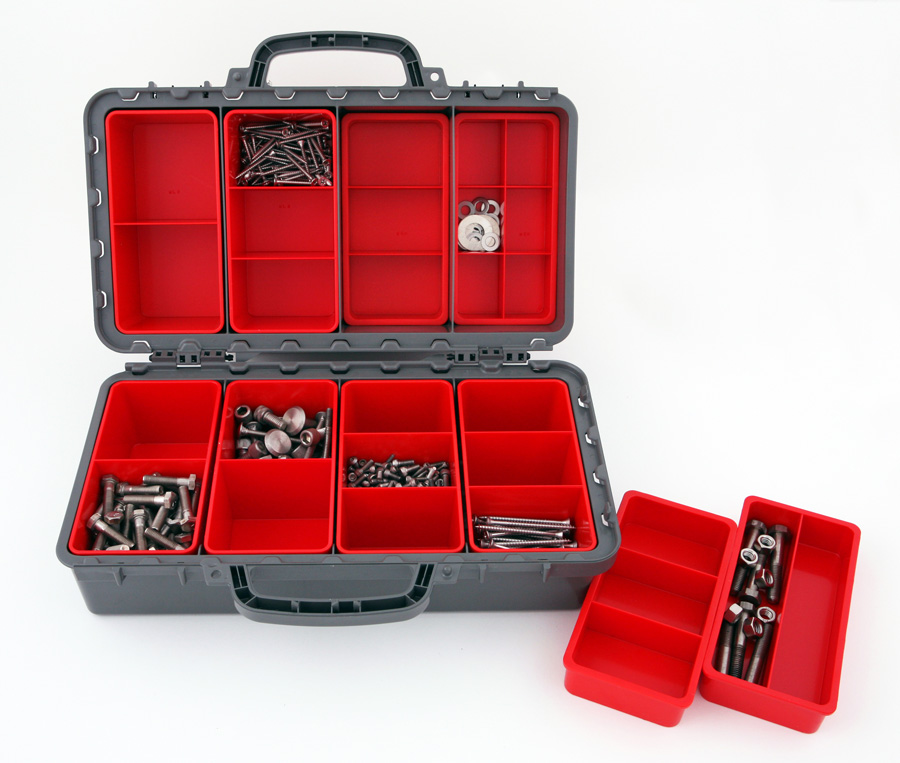Common Causes of Injection Moulding Plastic Deformation
23 November 2016
Injection moulding is a process that is comprised of injecting material into a mould. The material used can vary such as metals for die casting, thermoplastic, glass, thermosetting polymers and elastomers (a polymer with viscoelasticity).
The proposed material are then placed into a heated container, stirred well and then poured into the appropriate mould. The mixture is then allowed to cool so that it can harden within the cavity of the mould.
Typically, the product is designed by an engineer or industrial designer. It is then sent to a toolmaker or mouldmaker. Depending on the design and project, a mouldmaker uses a certain metal such as steel and aluminum. Precision machinery is used to form the structures of a certain part anywhere from tiny to massive sizes.
Importance of Accurate Designs
When it comes to injection moulding, parts must be carefully designed so that the moulding process is simplified. Otherwise, costs can be phenomenal. This includes the type of materials needed, special features of the parts, preferred shape and the capacity of the moulding machine.
Regardless of the design precision, there will always be flawed parts when producing injection moulding. And as for troubleshooting, faulty parts are carefully examined for specific defects. However, trials for finding potential defects are often done prior to completing the full production.
Plastic Deformations and Defects
Since the process of injection moulding is very complicated, there is always the chance of production issues. The problems can be caused from moulding process or defects in the mould. Some of the deformation is caused by:
- Deformations produced by inadequate cooling time
- Residual stress that is caused in injection moulding
- Long-lasting stress during the process of demoulding
- Lingering stress from product thickness or in the forming shrinkage rates
Deformation Basics
Basically, moulding deformation is in reference to bending, cracking and warping of the item. It can also be tiny wrinkles which can cause issues. The deformation is the residual stress of the product. As for designing and production, residual stress can be reduced by using the proper moulding conditions. For instance, the cylinder and mould temperature can be increased. Also, when the material has a good flow, the injection pressure should never be too high. Generally, heat distortion temperature is below 10℃ (50 F°). It is also heated for about two hours so that internal stress is removed. Unfortunately, this method is not used often because of the high cost.
Also, the cooling water hole cannot be too shallow. Other solutions include:
Immediate – amply solidify and cool the product in the injection mould, increase barrel temperature, reduce injection pressure.
Short-term – injection mould needs uniform cooling.
Long-term – keep an even thickness in product design, use more large R curves (straight lines tend to warp), increase the stripping slope or raise the number of the ejection lever.

